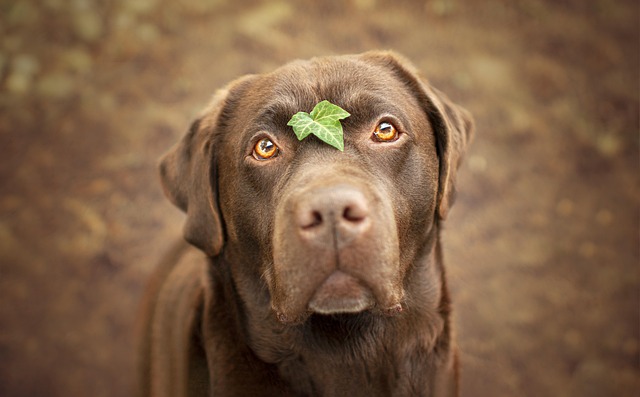
What is the best type of training for a dog?
There’s no one-size-fits-all answer to what makes the best dog training, but most experts agree that methods built on positive reinforcement tend to yield the most lasting results.
If your furry friend seems to have an insatiable appetite, constantly pawing at their bowl or begging for scraps, you're not alone. Many dog owners struggle with managing their pet's food obsession, but with the right approach, you can help your dog develop healthier eating habits and reduce those endless food demands.
First, understand that a dog's seemingly bottomless stomach isn't always about hunger. Boredom often masquerades as appetite in our four-legged companions. Dogs need mental and physical stimulation, and without it, they may turn to food as a form of entertainment. Try incorporating puzzle toys, interactive feeders, or daily walks into your routine. A tired dog is less likely to focus on food and more likely to relax.
Portion control is crucial. Use a measuring cup instead of eyeballing your dog's meals, and follow the feeding guidelines on the dog food packaging based on your pet's weight, age, and activity level. Overfeeding not only leads to weight gain but can also fuel your dog's constant hunger cues. Remember, in many regions, neglecting a pet's proper diet and causing obesity could be considered a form of animal neglect under local animal welfare laws.
 Training is another powerful tool. Teach your dog commands like "leave it" and "wait." When your dog begs at the table, firmly but gently reinforce these commands. Consistency is key—every family member should follow the same rules. Rewarding good behavior with praise or a small, healthy treat (in moderation, of course) will encourage your dog to listen.
Training is another powerful tool. Teach your dog commands like "leave it" and "wait." When your dog begs at the table, firmly but gently reinforce these commands. Consistency is key—every family member should follow the same rules. Rewarding good behavior with praise or a small, healthy treat (in moderation, of course) will encourage your dog to listen.
Some dogs may seem extra food-motivated due to underlying health issues. Conditions like hypothyroidism or diabetes can increase appetite. If you've made dietary and lifestyle changes but your dog's ravenous behavior persists, it's time to consult your vet. A professional can rule out medical problems and offer personalized advice.
Be cautious with table scraps. While it's hard to resist those big, pleading eyes, feeding human food can disrupt your dog's balanced diet and reinforce their begging behavior. Plus, many common human foods like chocolate, grapes, and onions are toxic to dogs. Always check if a food is safe before sharing, and stick to approved dog treats for rewards.
Creating a feeding schedule also helps. Dogs thrive on routine, and knowing when meals arrive can reduce anxiety-driven food-seeking behavior. Feed your dog at the same times each day, and remove the bowl after 15 - 20 minutes if they don't finish. This teaches them there's no need to scarf down food or constantly look for more.
Finally, remember that breaking bad habits takes time. Don't get discouraged if your dog doesn't change overnight. Celebrate small victories, like them ignoring food on the floor when you say "leave it." With patience, consistency, and a bit of creativity, you can transform your food-obsessed pup into a well-behaved eater.

There’s no one-size-fits-all answer to what makes the best dog training, but most experts agree that methods built on positive reinforcement tend to yield the most lasting results.

Welcoming an 8-week-old puppy into your home is a joy filled with wiggly tails and endless curiosity. One of the first steps in building a strong bond is teaching them their name.

If you’ve ever sat up at night, listening to your gray-muzzled dog pace back and forth, stopping to whine or stare at a wall, you know the worry that comes with a restless senior pup.

Training a service dog starts long before they’re ready to assist with specific tasks—their journey begins with building a foundation of trust, focus, and adaptability, and the timing of this training matters more than you might think.

Watching a tiny puppy fumble through their first attempts to sit can feel like watching a little acrobat mastering a new trick.

If you’ve ever found your flower bed dug up or your favorite shrub chewed to bits, you’ve probably searched for easy ways to keep neighborhood dogs (or even your own) out of your yard.